Our work is entirely funded by private donations – we receive no money from government. Your money will help us continue funding research into vitiligo and supporting people affected by the condition.
Event
Vitiligo Session at IMCAS World Congress 2020
Paris, France
The latest IMCAS congress in Paris was a scientific tribune of 12,529 attendees. The core of this year's congress revolved around traditional and non-conventional definitions of health and age. This involved an exhaustive scientific program that covered essentials in clinical dermatology, regenerative medicine, microbiome, as well as new innovations like AI & robotics.
A half-day vitiligo session at the congress was succinct and laconic, yet all-encompassing. Prof. Ninja Van Geel from Belgium discussed the proper diagnosis of vitiligo. The differential diagnosis of vitiligo isn’t trivial as it includes inflammatory, post-inflammatory, neoplastic and primary pigmentary genetic disorders. Ninja asked nearly one hundred clinicians in the audience to find true vitiligo among eight images of vitiligo-like lesions. Only three of them were correct.
Prof. Torello Lotti first discussed cosmetic treatments for vitiligo and, in the next presentation, skin and gut microbiome status in vitiligo patients. Latest research reveals dysbiosis in the diversity of microbial community structure in vitiligo subjects. Individual specific signature is clearly dominant over the vitiligo-specific microbiota in both cases, yet it warrants further investigation of community-specific correlations.
Prof. Khaled Ezzedine shared his perspective on the latest in vitiligo therapies, while Prof. Laila Benzekri highlighted new insights melanocyte transplantation techniques for vitiligo. The future of vitiligo treatments — from genes to new molecules — was presented by Dr. Albert Wolkerstorfer.
Vitiligo session at IMCAS World Congress 2020 follows the success of the previous educational events, and will continue to review and focus on the recent advancements in the diagnosis, treatment and management of vitiligo.
Room 141 on Saturday 1 February 2020, from 08:00 to 12:00
Speakers:
- Dr Yan VALLE: Presentation of World Vitiligo Day
- Pr Nanja VAN GEEL: Diagnosis and differential diagnosis of vitiligo
- Pr Khaled EZZEDINE: How to treat vitiligo
- Pr Torello M LOTTI: Cosmetic treatments in subjects with non-segmental vitiligo
- Pr Laila BENZEKRI: New insights in melanocyte transplantation techniques for vitiligo
- Dr Albert WOLKERSTORFER: From genes to new treatments
- Q&A Session
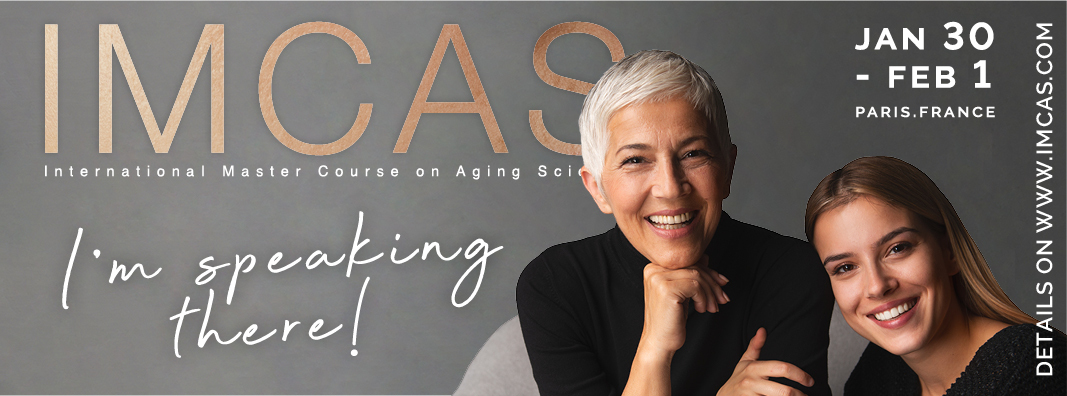
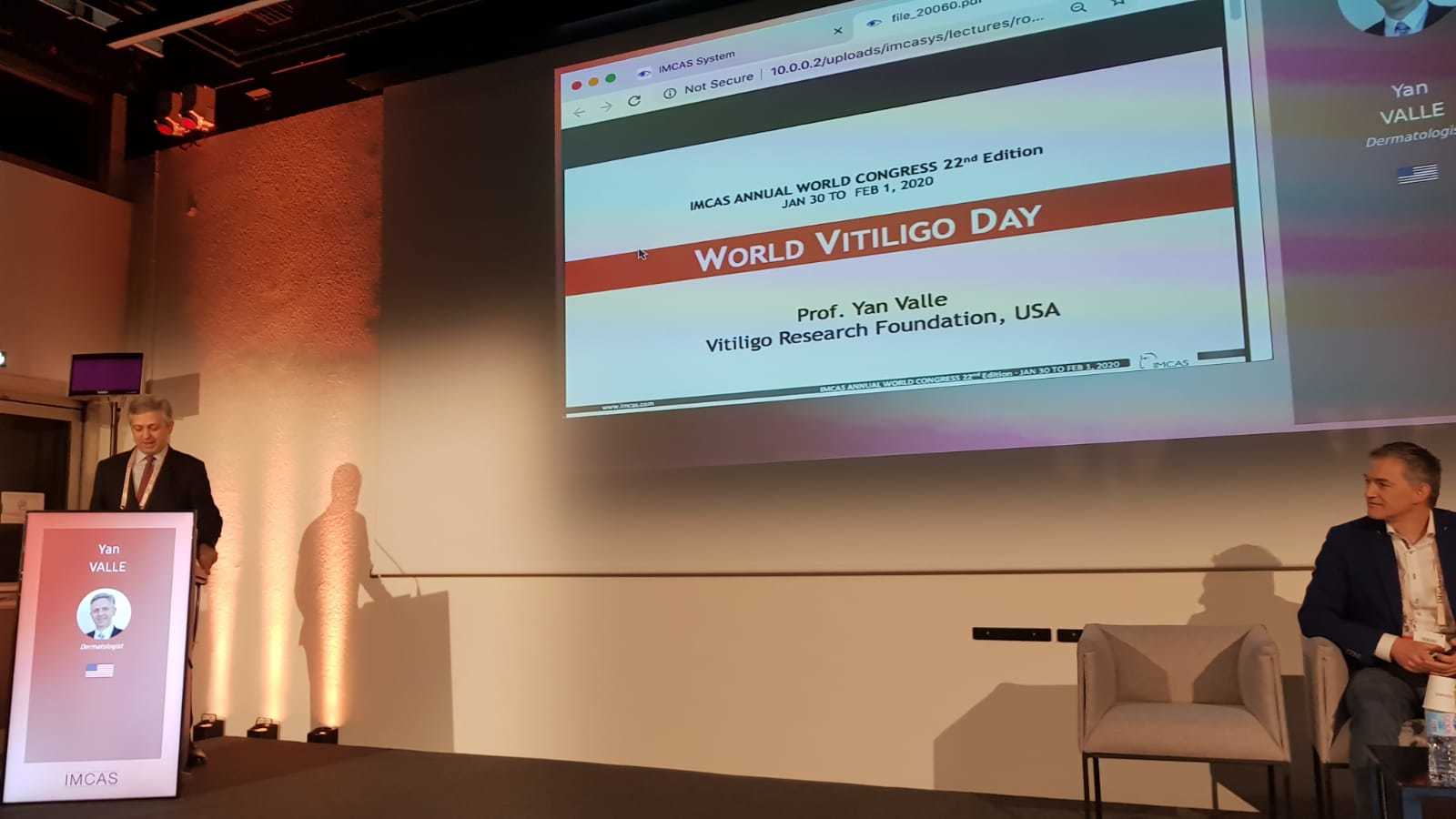
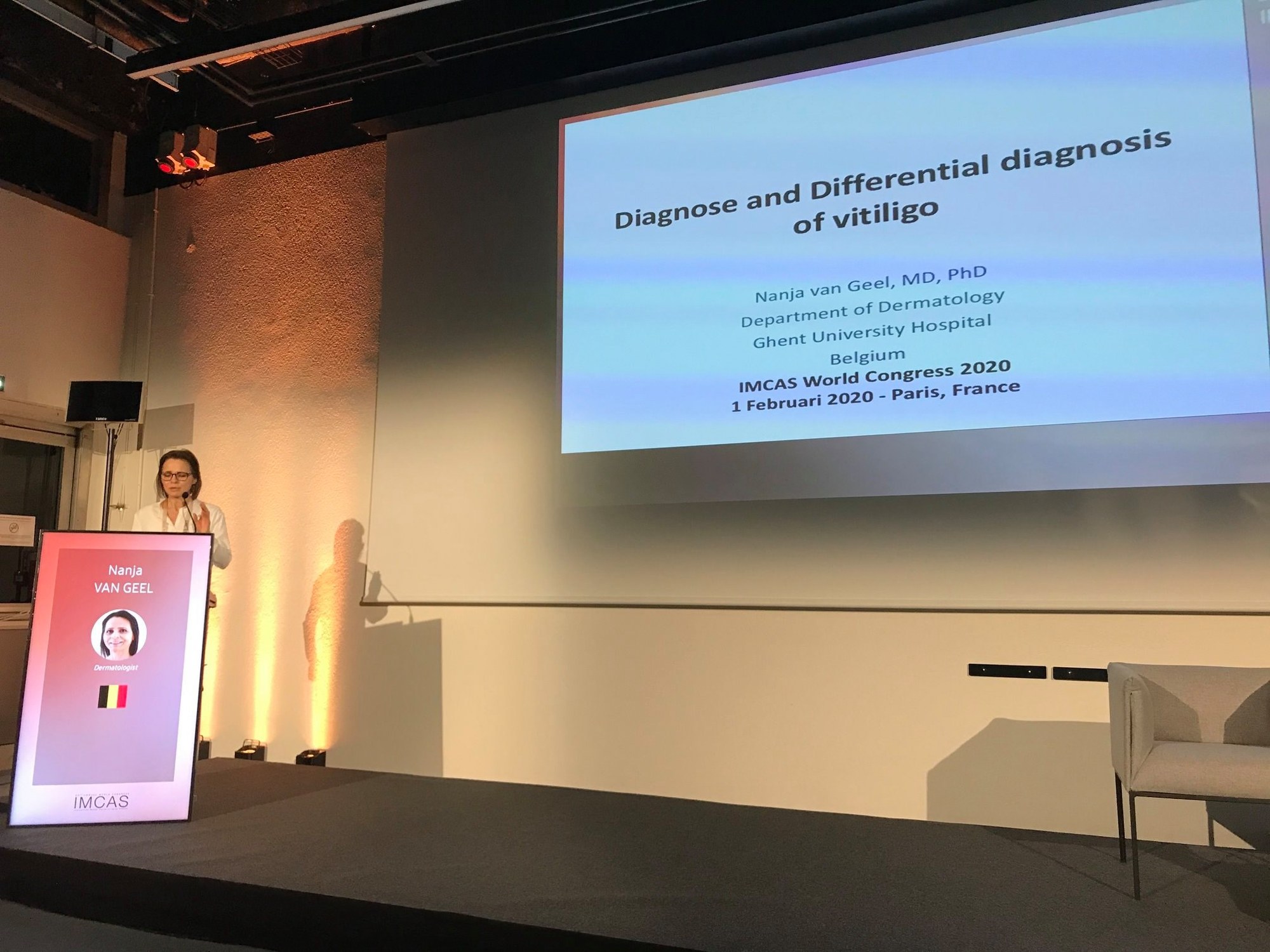
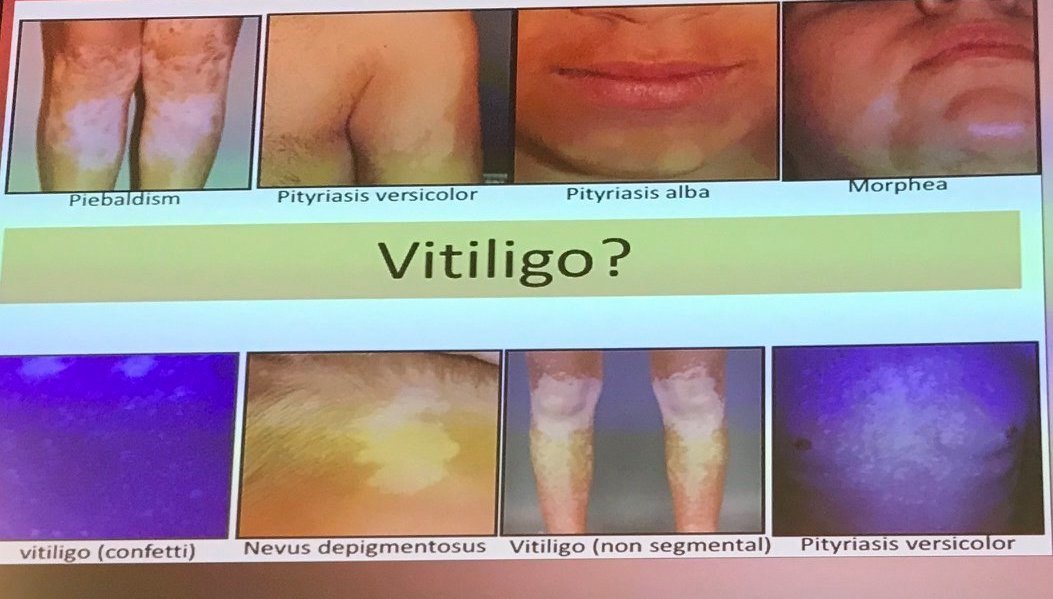
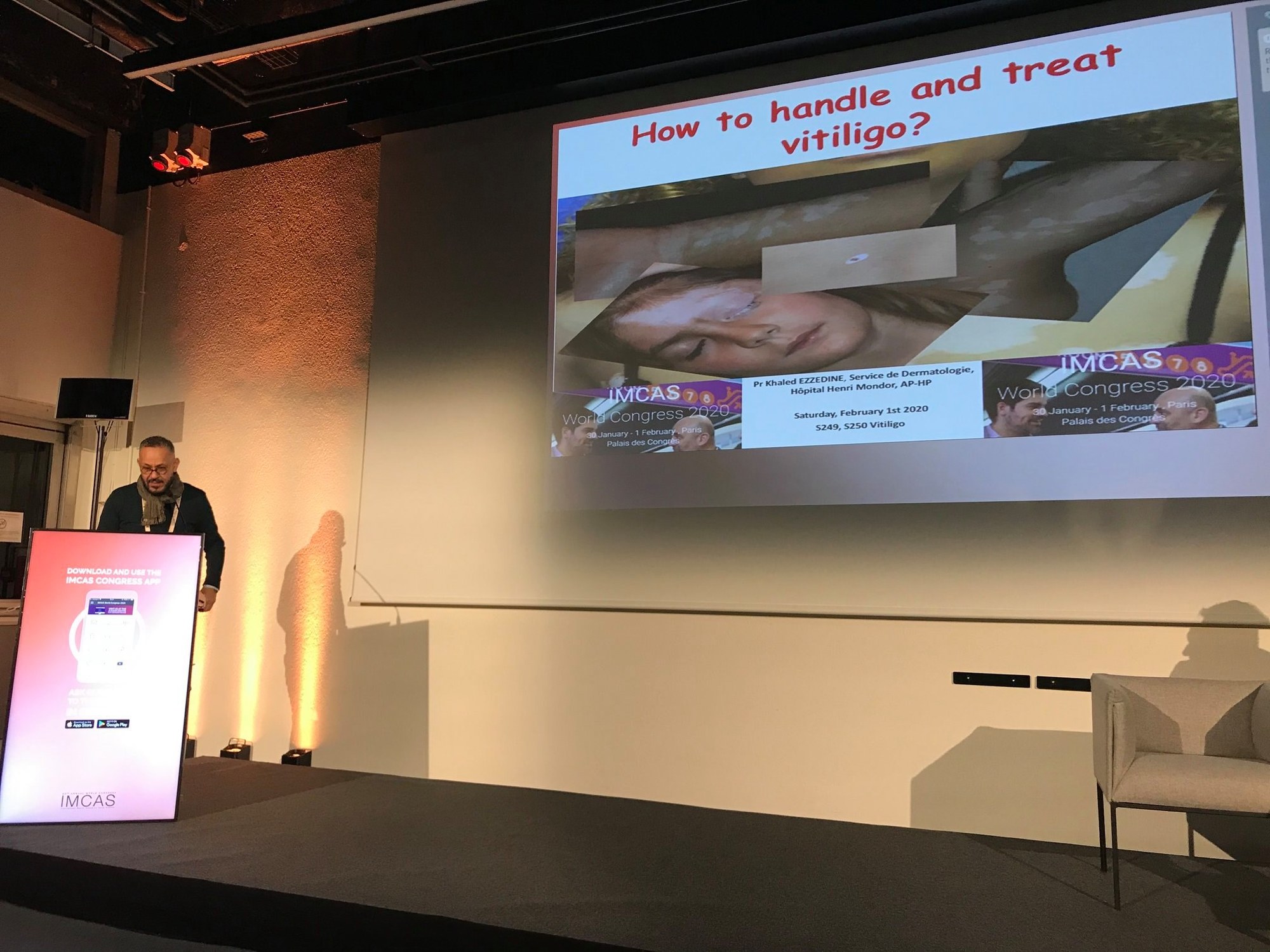
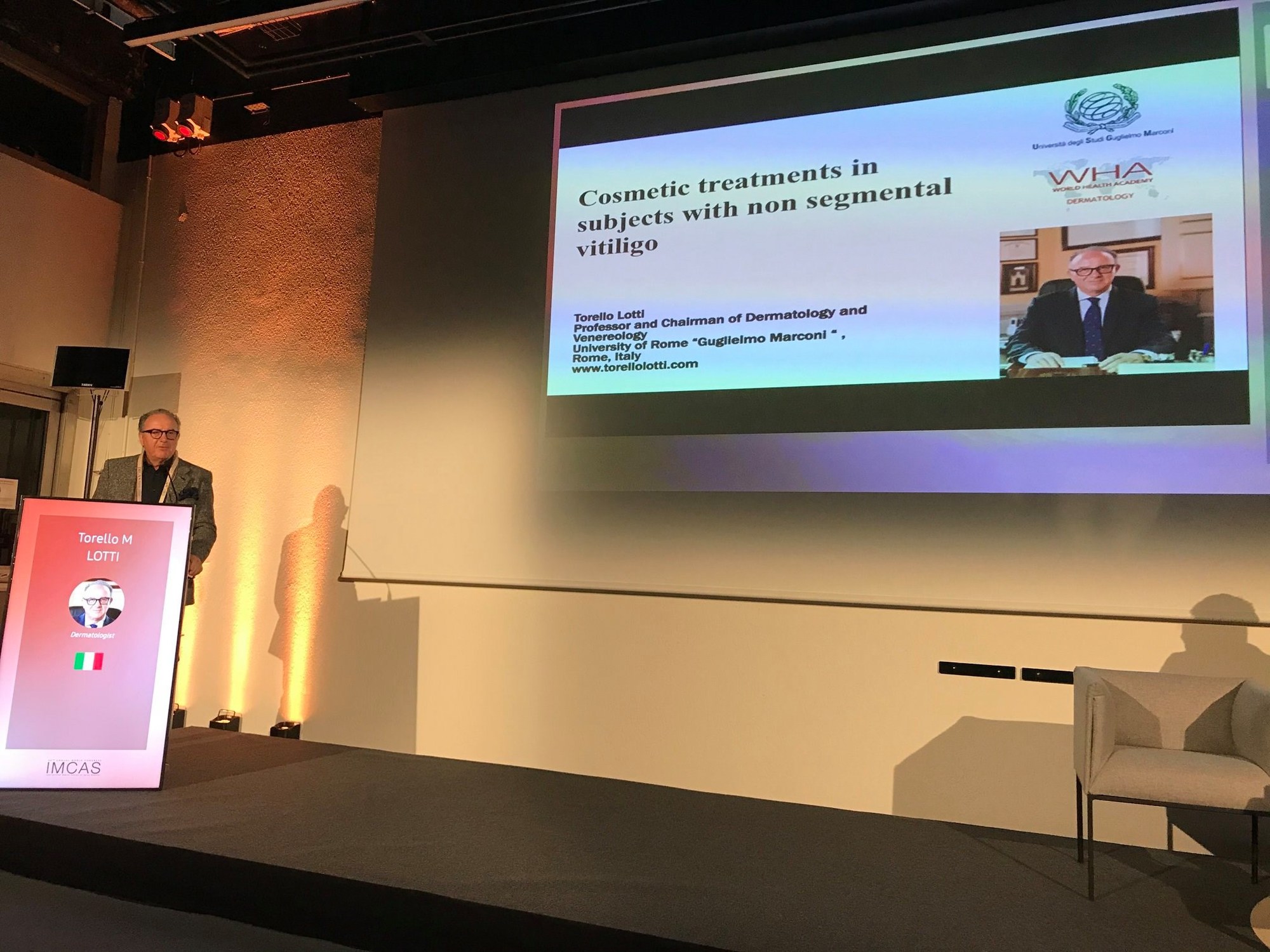
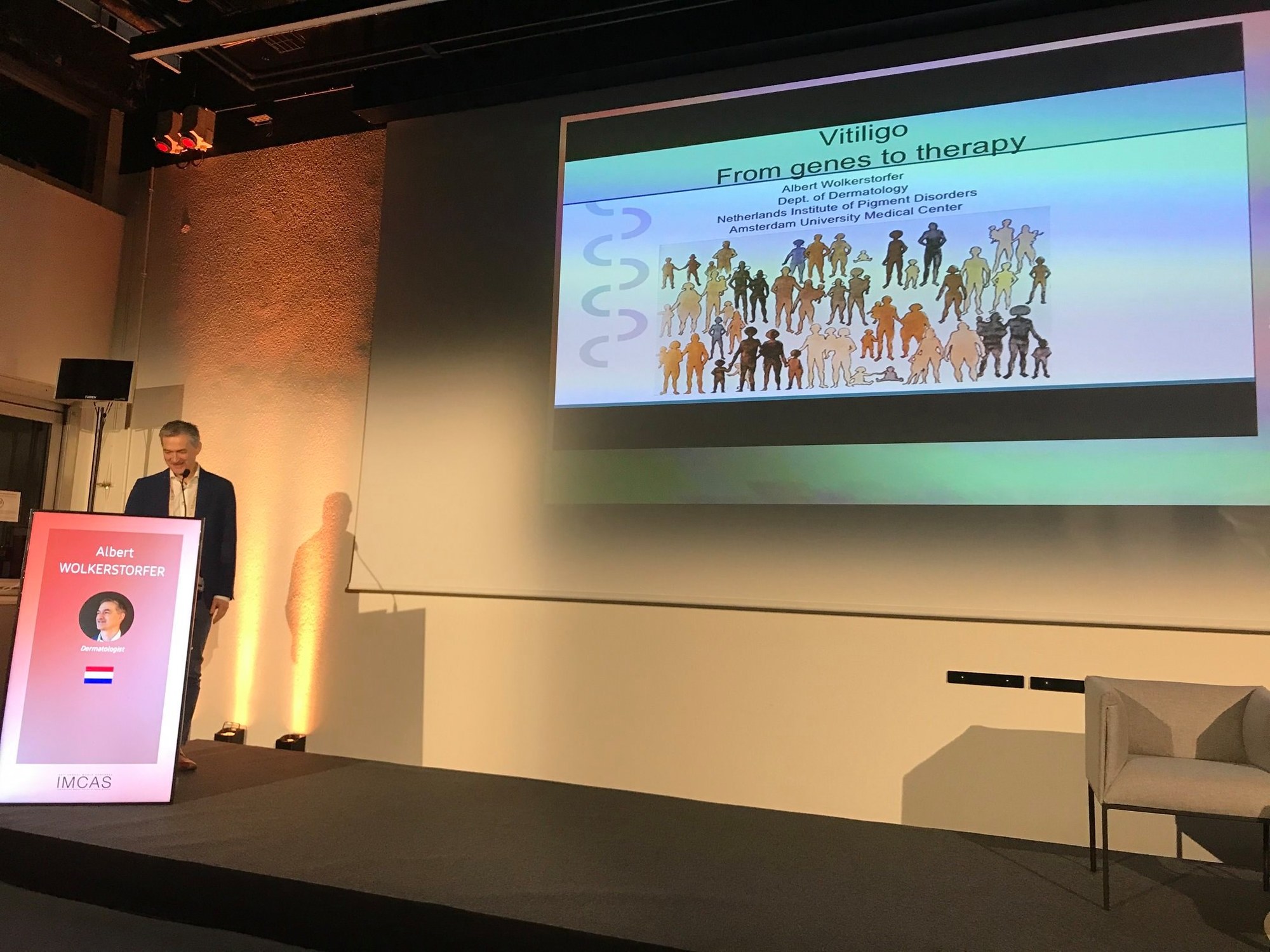
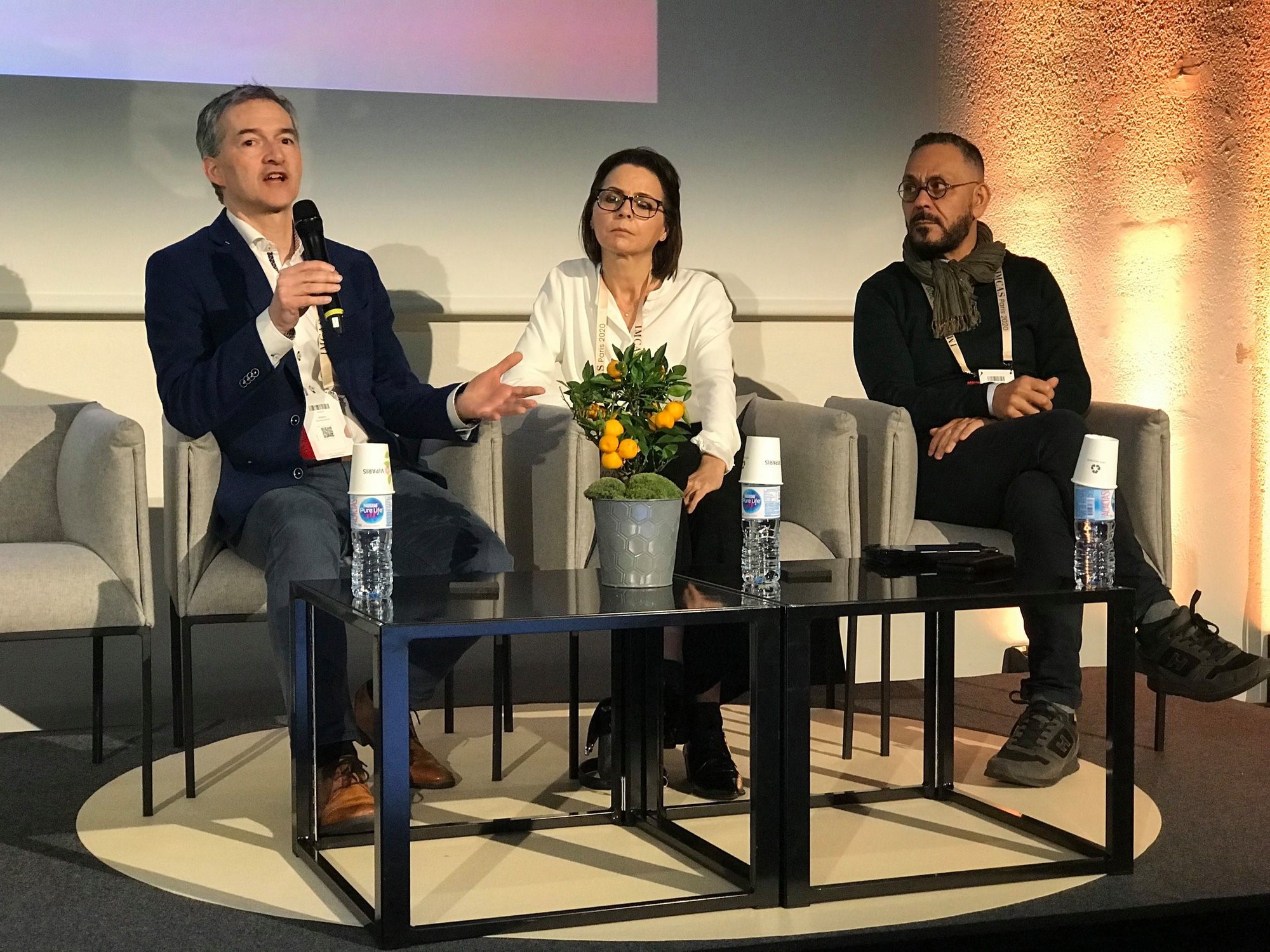
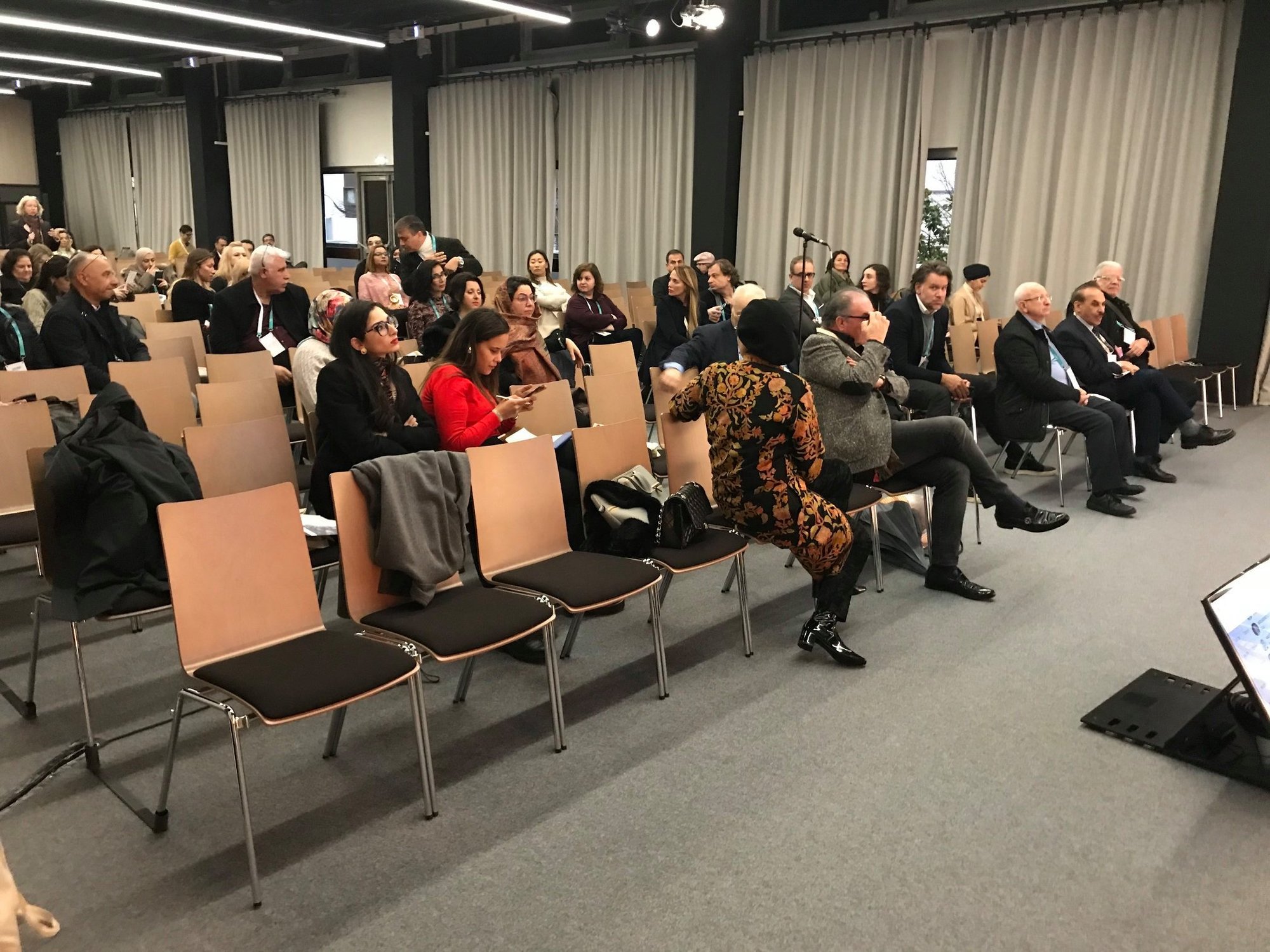
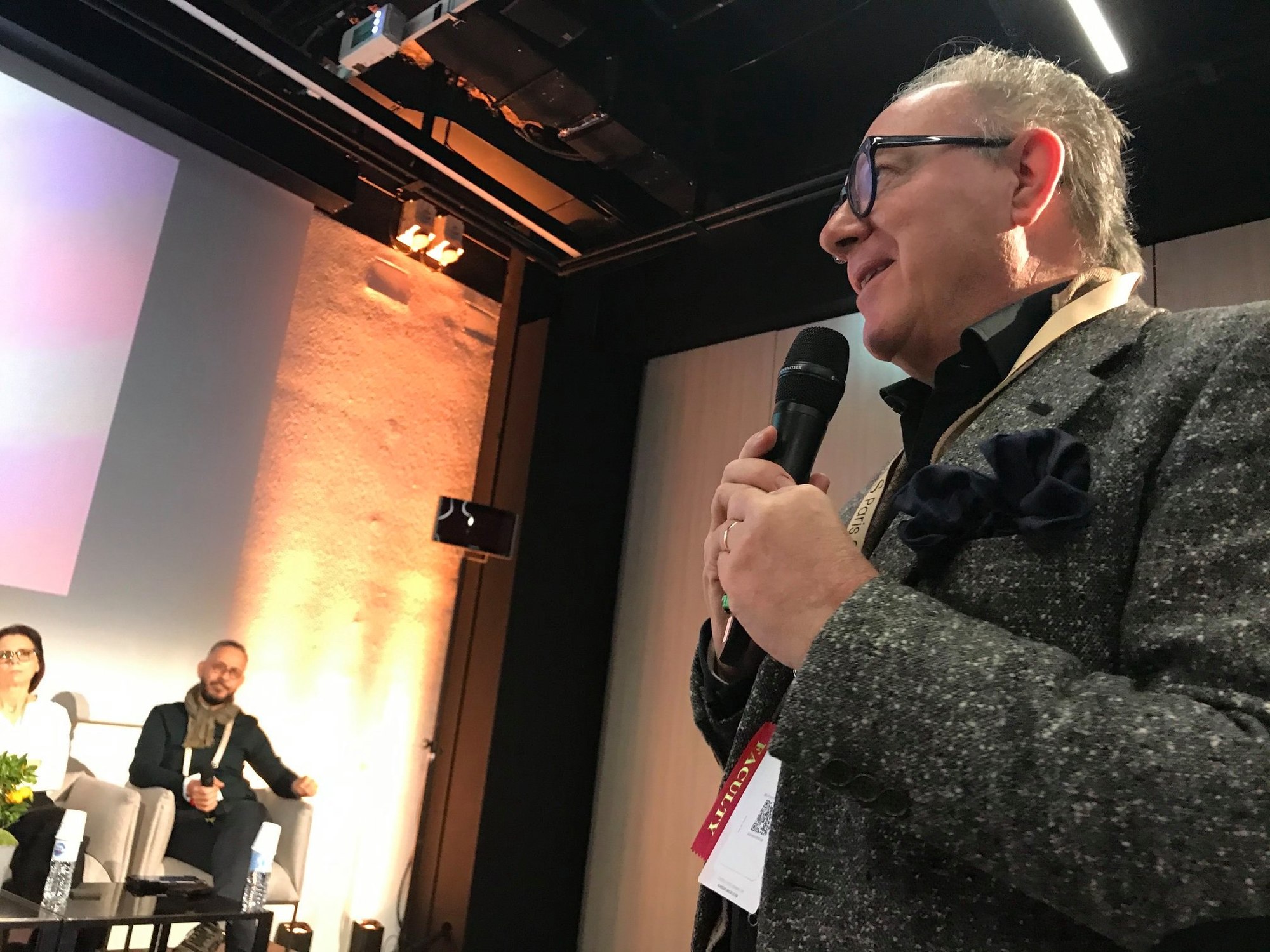
FAQOther Questions
- Is vitiligo contagious?
Vitiligo is not contagious. This means it cannot be spread from person to person through physical contact, sharing personal items, or any other means of transmission. Vitiligo ...
- I have a new job - should I tell colleagues about my vitiligo?
Starting a new job can be both exciting and nerve-wracking—especially if you’re concerned about stares or questions regarding your skin. Taking a proactive approach can help eas...
- Shall I take vitamin D for my vitiligo?
Vitamin D plays a central role in the prevention of different inflammatory and chronic diseases. Consuming 1,000–4,000 IU (25–100 mcg) of vitamin D3 daily should be ideal for mo...
Though it is not always easy to treat vitiligo, there is much to be gained by clearly understanding the diagnosis, the future implications, treatment options and their outcomes.
Many people deal with vitiligo while remaining in the public eye, maintaining a positive outlook, and having a successful career.
Copyright (C) Bodolóczki JúliaBy taking a little time to fill in the anonymous questionnaire, you can help researchers better understand and fight vitiligo.